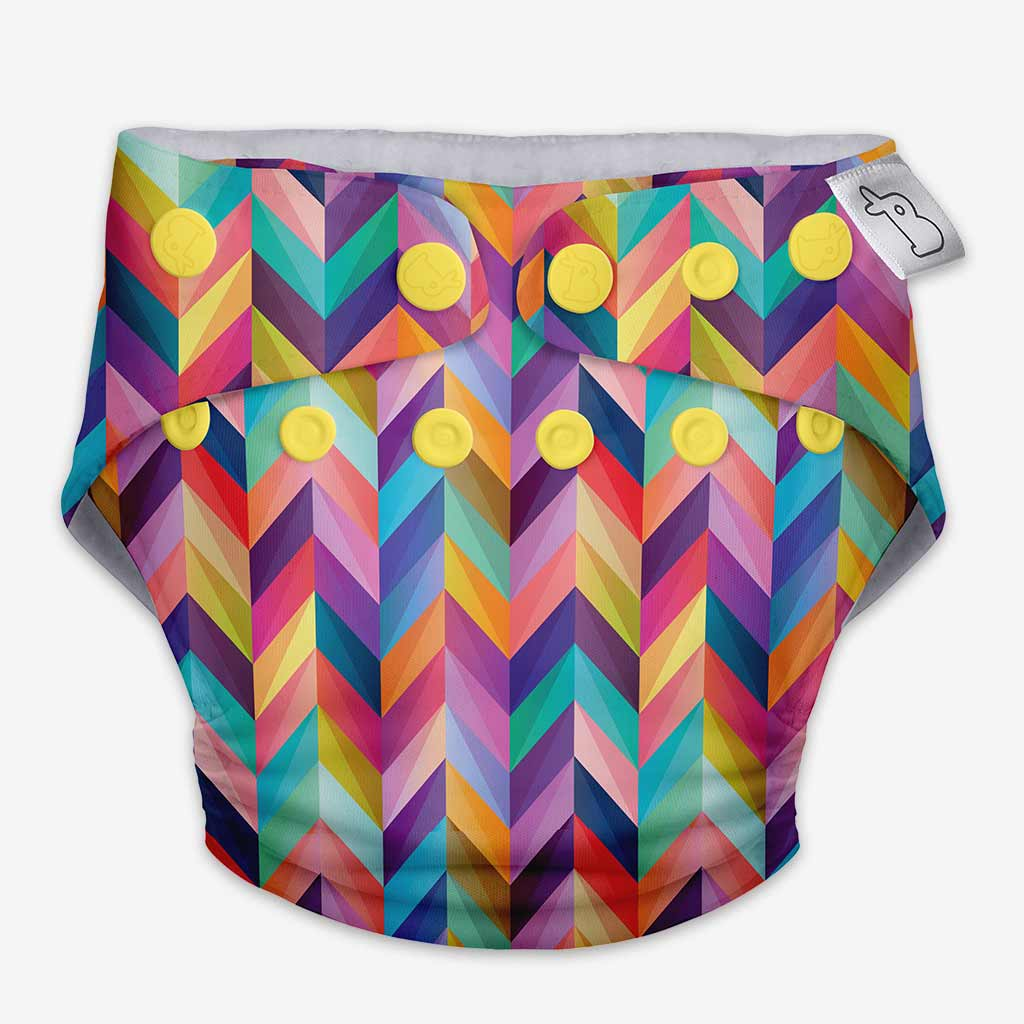"The Ultimate Guide to Cloth Diapering: Benefits, Types, and Tips for a Sustainable and Cost-Effective Diapering Experience"
Cloth diapers have been around for centuries, but in recent years, they have seen a resurgence in popularity among parents looking for a more sustainable and cost-effective option for diapering their babies. In this blog post, we'll take a look at the benefits of using cloth diapers, the different types of cloth diapers available, and tips for getting started with cloth diapering.
One of the biggest benefits of using cloth diapers is their environmental impact. Disposable diapers can take hundreds of years to decompose in a landfill, and they are a major contributor to waste and pollution. Cloth diapers, on the other hand, can be washed and reused for multiple babies, significantly reducing their environmental impact. Additionally, many cloth diapers are made from natural, biodegradable materials, such as cotton or bamboo, which are better for the environment than the plastic and chemicals found in disposable diapers.
Another benefit of cloth diapers is their cost-effectiveness. While the initial investment in cloth diapers can be more expensive than buying a pack of disposable diapers, they will save money in the long run. Disposable diapers can cost up to $2,500 or more over the course of diapering a baby, while cloth diapers can be used for multiple babies and can be a one-time cost of $300 - $800.
When it comes to choosing cloth diapers, there are several different types available. The most common types of cloth diapers include:
Prefold diapers:
These are rectangular-shaped diapers that are folded and fastened around the baby with pins or a Snappi. They are the most affordable type of cloth diaper and are easy to clean and maintain.
All-in-one diapers:
These are the most similar to disposable diapers, as they have a waterproof outer layer and an absorbent inner layer. They are easy to use and are available in both snaps and Velcro closures. Avail Freesize Uno Collections for your baby| Superbottoms
Pocket diapers:
These have a waterproof outer layer and a separate inner layer that is stuffed with an absorbent insert. The insert can be removed and replaced as needed.
Hybrid diapers:
These are a combination of prefold and all-in-one diapers, they have a waterproof outer layer and an absorbent insert that can be removed and replaced as needed.
When it comes to getting started with cloth diapering, there are a few things to keep in mind. First, it's important to have a good supply of diapers, around 20-25 is a good starting point. It's also a good idea to have a few different types of diapers on hand, so you can try them out and see which ones work best for you and your baby.
It's also important to have a good system for cleaning and storing the diapers. A wet bag or diaper pail can be used to store dirty diapers until laundry day, and a good detergent specifically made for cloth diapers is important. Many parents also use a diaper sprayer to rinse off any solid waste before storing the diapers.
Finally, it's important to be patient and persistent with cloth diapering. Like with anything new, it may take some time to figure out what works best for you and your baby, but with a little bit of practice, cloth diapering can become a seamless and enjoyable part of your parenting routine.
In conclusion, cloth diapers offer a multitude of benefits for both the environment and your pocketbook. They come in many different types and styles, and with a little bit of patience and persistence, cloth diapering can become an easy and enjoyable part of your parenting routine.


Comments
Post a Comment